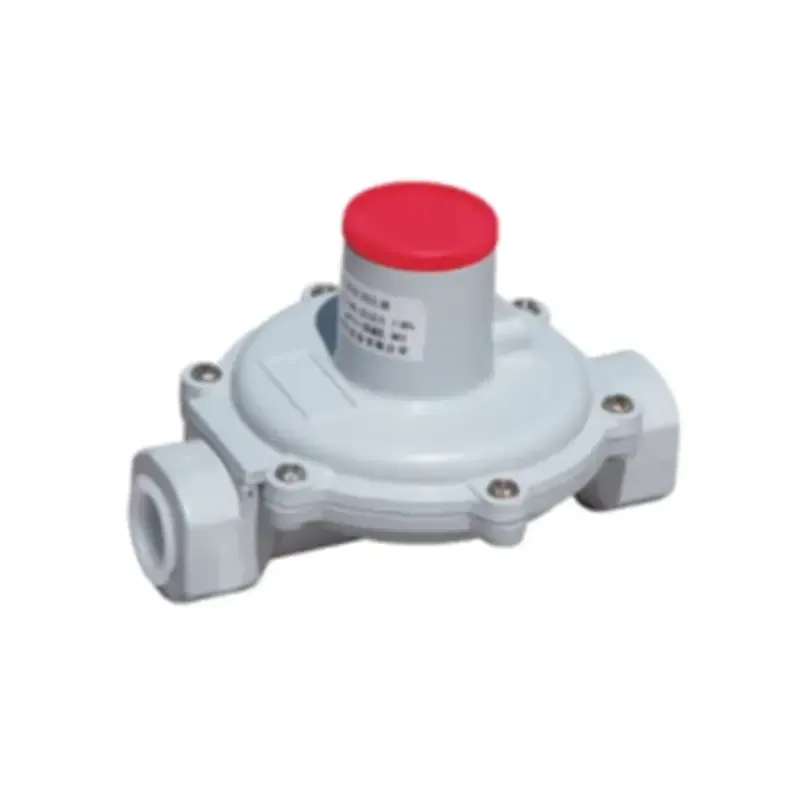
Dec . 04, 2024 09:23
Back to list
Understanding Pressure Reducing Regulators and Their Applications in Various Systems
Understanding Pressure Reducing Regulators Essential Devices in Fluid Control
Pressure reducing regulators (PRRs) play a crucial role in a variety of industrial and residential applications. These devices are designed to lower and maintain the pressure of a fluid, ensuring safe and efficient operation of systems that rely on controlled pressure levels. This article will explore the function, types, applications, and maintenance of pressure reducing regulators.
What are Pressure Reducing Regulators?
A pressure reducing regulator is a mechanical device that converts high inlet pressure to a lower, regulated outlet pressure. By doing this, it protects downstream equipment from damage caused by excessive pressure, ensuring that processes operate effectively and safely. PRRs are commonly used in systems dealing with gases and liquids, such as in gas distribution networks, boiler systems, and process control in manufacturing.
How Do They Work?
The operation of a pressure reducing regulator is based on the principle of balancing forces. The device consists of a diaphragm or piston that responds to changes in outlet pressure. When the outlet pressure exceeds the setpoint, it moves the diaphragm against a spring, which reduces the flow of media entering the regulator. Conversely, if the outlet pressure drops below the desired level, the spring force allows more fluid to flow through, thus maintaining a constant outlet pressure.
Types of Pressure Reducing Regulators
There are several types of pressure reducing regulators, each designed for specific applications. The most common types include
1. Single-Stage Regulators These devices reduce pressure in one step and are typically used in systems where high flow rates and low-pressure drops are required. 2. Two-Stage Regulators They provide better stability and control of outlet pressure, making them suitable for applications where pressure fluctuations must be minimized.
3. Back Pressure Regulators These regulators are designed to maintain a specific pressure on the inlet side of the system, preventing pressure from exceeding a certain threshold.
pressure reducing regulators

Applications of Pressure Reducing Regulators
Pressure reducing regulators find applications across various industries. Some noteworthy examples include
- Natural Gas Distribution PRRs are essential in controlling the pressure of natural gas before it enters residential and commercial buildings, ensuring safety and compliance with regulation standards.
- Water Supply Systems In municipal water supply systems, regulators maintain stable pressure to protect pipelines and reduce the risk of leaks.
- Industrial Processes In manufacturing, PRRs are used to manage the pressure of gases and liquids in various processes, contributing to the efficiency and safety of operations.
Maintenance and Considerations
Proper maintenance of pressure reducing regulators is vital for their performance and longevity. Regular inspections should include checking for leaks, ensuring the diaphragm is functioning correctly, and verifying that the set pressure is maintained. Additionally, operators should be aware of the specifications and limitations of their PRRs, such as maximum inlet pressure and flow capacity, to avoid operational issues.
In summary, pressure reducing regulators are essential components in many fluid control systems. By efficiently managing pressure levels, they ensure the safety and effectiveness of various applications, from household gas supply to complex industrial processes. Understanding their operation, types, applications, and maintenance needs is crucial for anyone involved in industries that rely on these important devices. As technology advances, the integration of electronic and automated features in PRRs is expected to enhance their performance and functionality, paving the way for even more efficient pressure management solutions.
Latest news
-
Safety Valve Spring-Loaded Design Overpressure ProtectionNewsJul.25,2025
-
Precision Voltage Regulator AC5 Accuracy Grade PerformanceNewsJul.25,2025
-
Natural Gas Pressure Regulating Skid Industrial Pipeline ApplicationsNewsJul.25,2025
-
Natural Gas Filter Stainless Steel Mesh Element DesignNewsJul.25,2025
-
Gas Pressure Regulator Valve Direct-Acting Spring-Loaded DesignNewsJul.25,2025
-
Decompression Equipment Multi-Stage Heat Exchange System DesignNewsJul.25,2025

